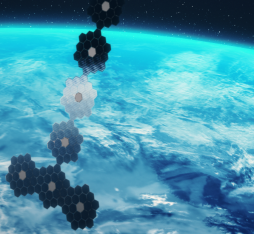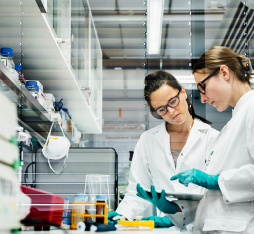● The new innovation can organize, store and retrieve data preserved in microscopic volumes. Based on the encoding of binary data in nucleotide sequences, it achieves a density unmatched by current silicon media.
● In spite of its potential to store vast amounts of data, the technology is subject to significant constraints — slow read and write speeds and high costs — that make it unsuitable for wider public use.
Is it possible to store millions of videos on a single cassette? In a recent study published in the journal Science Advances, researchers described how they built a cassette, similar to vintage audio cassette, that allowed them to store data on DNA. The system also included a DNA tape drive that performed different operations such as addressing, encapsulation, decapsulation, and the recovery and rewriting of files. In testing, it stored and then retrieved several images, all of which were restored without loss after 50 minutes of handling. At first glance, this innovation appears to offer a solution to the growing storage crisis prompted by huge volumes of data generated by AI, but on closer inspection, it turns out that DNA storage technology is more like to provide specialist tools for archivists.
DNA cannot meet the massive demand for data storage that we currently face
How DNA data storage works
“When we speak of DNA data storage, we’re talking about synthetic rather than human DNA. Basically, DNA is formed by sequences of four molecules represented by the letters A, G, C and T. These sequences naturally store genetic information, but they can also be used to encode other types of data such as text, voice and films,” explains Orange scientific advisor, Jean Bolot. “The principle is to synthesize a chain of molecules that will represent the information we wish to encode. For example, if we want to encode a conversation, we will first transform it into a series of bits, as is typically done for digital storage. But instead of using a binary alphabet (0 and 1), we will express it in the form of sequences of the four letters A, C, T, and G. We then synthesize these sequences of molecules and assemble them to create a DNA strand that represents the information we want to store.”
A time-consuming approach
However, as Jean Bolot points out, encoding data with DNA is very time-consuming: “There is no miracle solution: we can only synthesize a few molecules or the equivalent of a few kilobits per second, which means there is very high latency. In other words, DNA cannot meet the massive demand for data storage that we currently face. It is better suited for archiving than for purposes that require immediate access to data.” There are several techniques for reading information stored in DNA. “One of these called nanopore involves passing the DNA strand through a very small opening surrounded by cells. As the strand is pulled through the pore, each of the molecules modulates an electrical current in the surrounding cells. And by measuring the intensity of these current variations, the molecules can be identified, and the DNA sequence can be determined. But we can only achieve a reading speed of a few megabits per second under ideal conditions.”
Bolot further points out that “the novelty of the cassette mentioned in the research paper is not the storage method it uses, but the manner in which it indexes the stored data.” Obviously, a device that can store a million films also needs to be able to retrieve them. “There has to be a mechanism to index the DNA strands, and a system that enables you to find the strands you are looking for, so the article is more about the mechanics of this search function than it is about the reading and writing process.”
An unlimited archiving tool
DNA storage could fulfill a critical need for film studios, which currently have millions of movies that have been archived using media that deteriorate over time. “What’s more, conventional storage solutions require energy for electricity, cooling and updates, which are costly when there are massive amounts of data.” Along with a life expectancy that extends over tens and even hundreds of thousands of years, DNA offers a remarkable storage density. “In theory, a cube measuring only a few centimeters should be large enough to store every film ever made during the entire history of the human race,” and it can be kept at ambient temperature.






